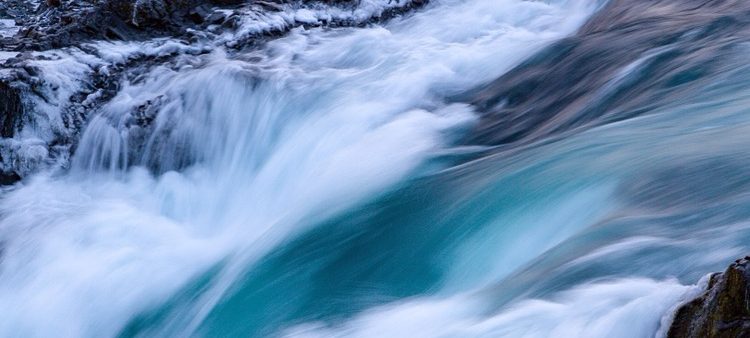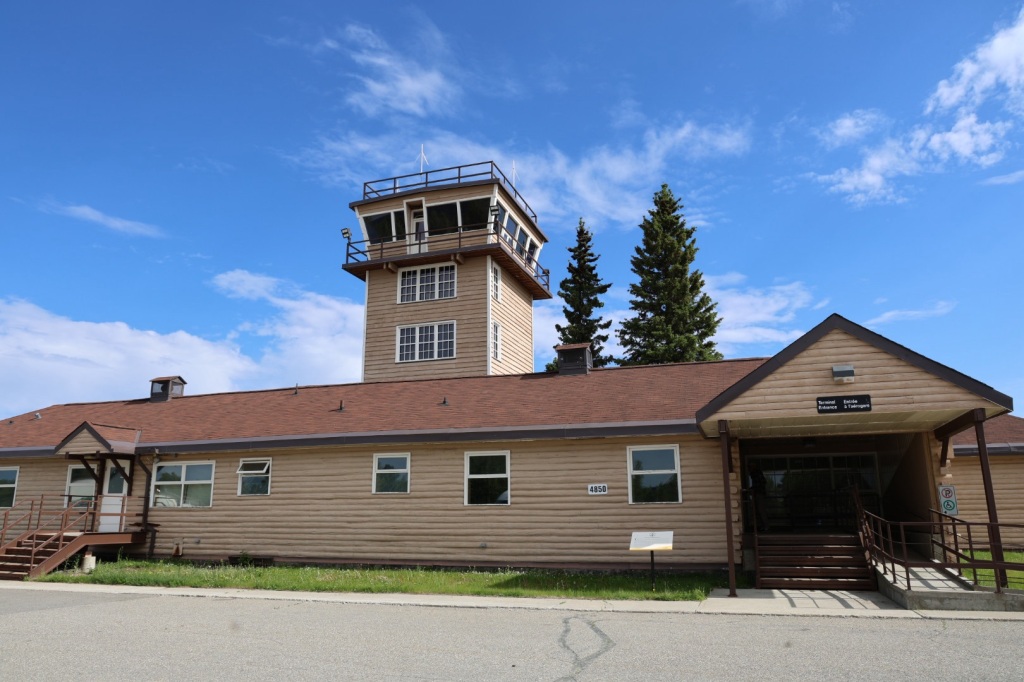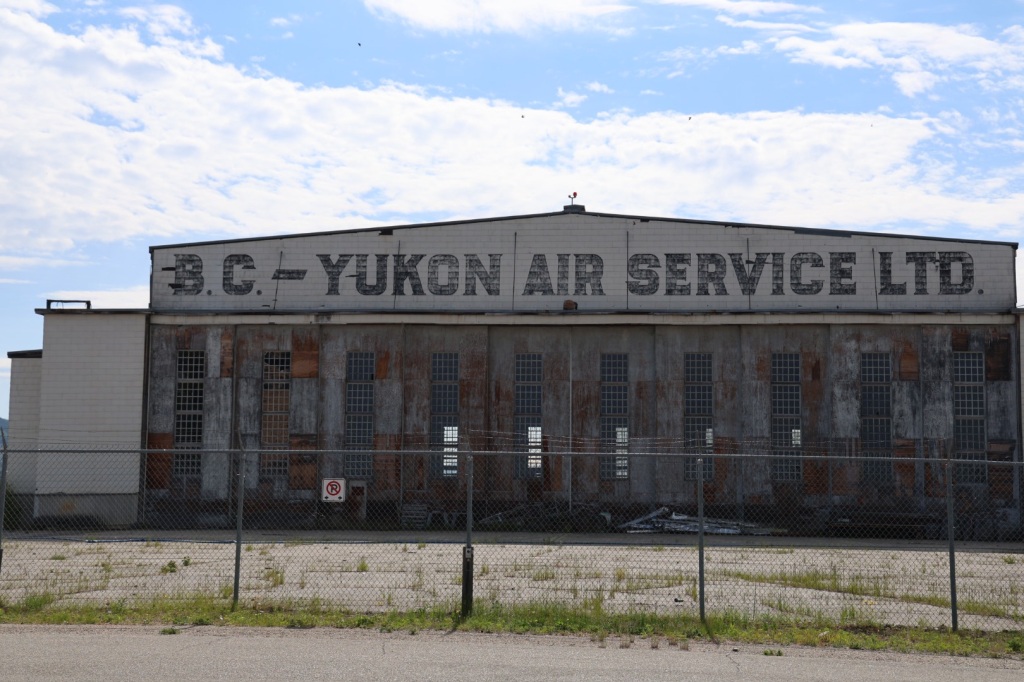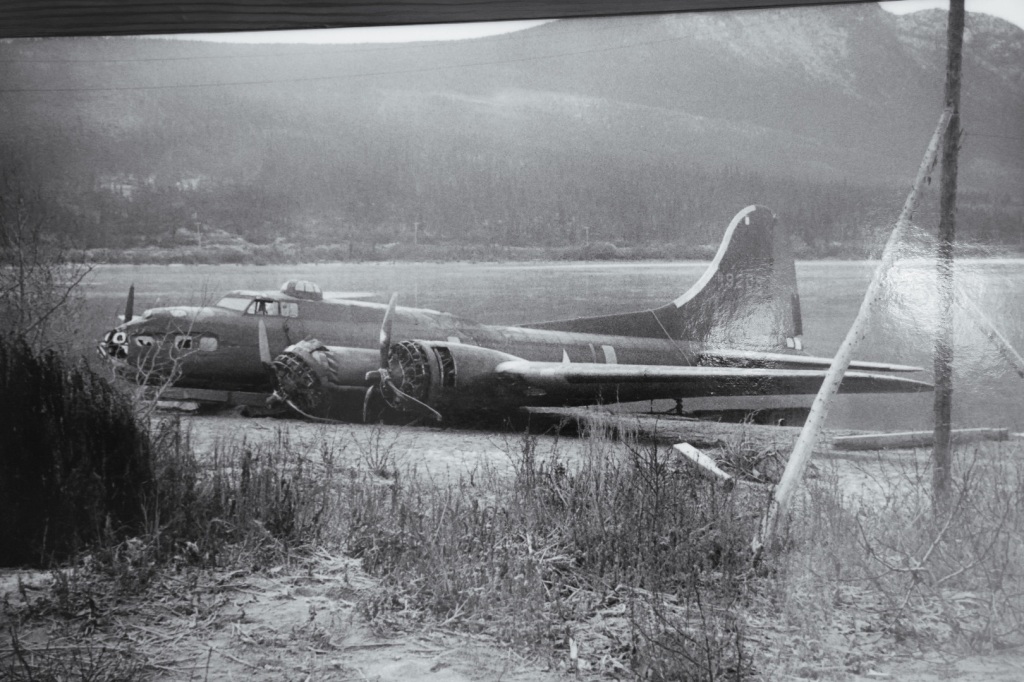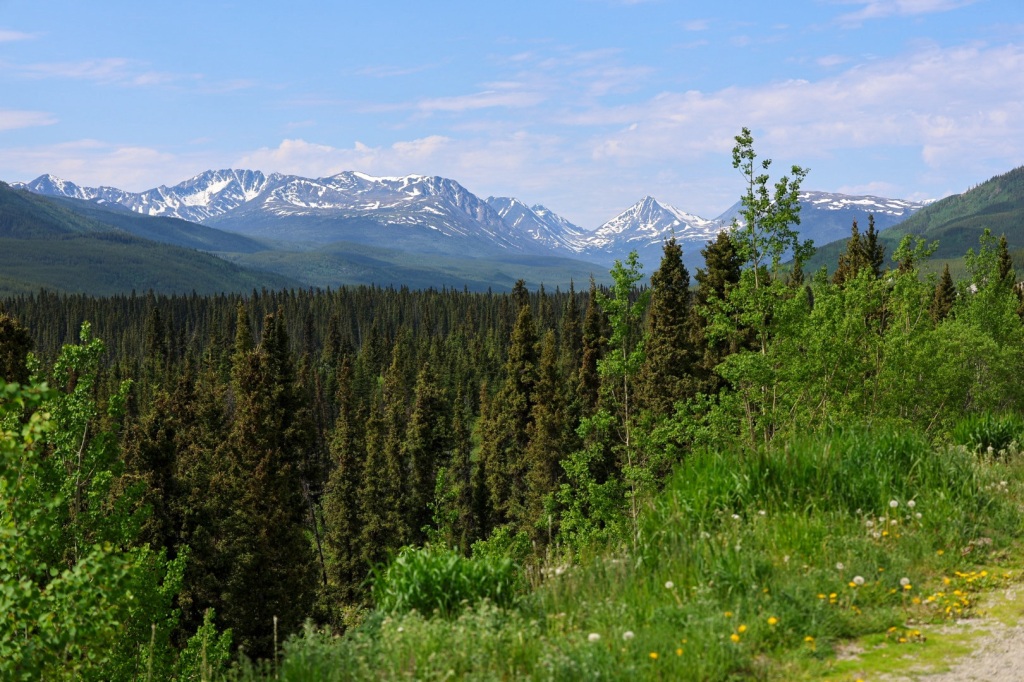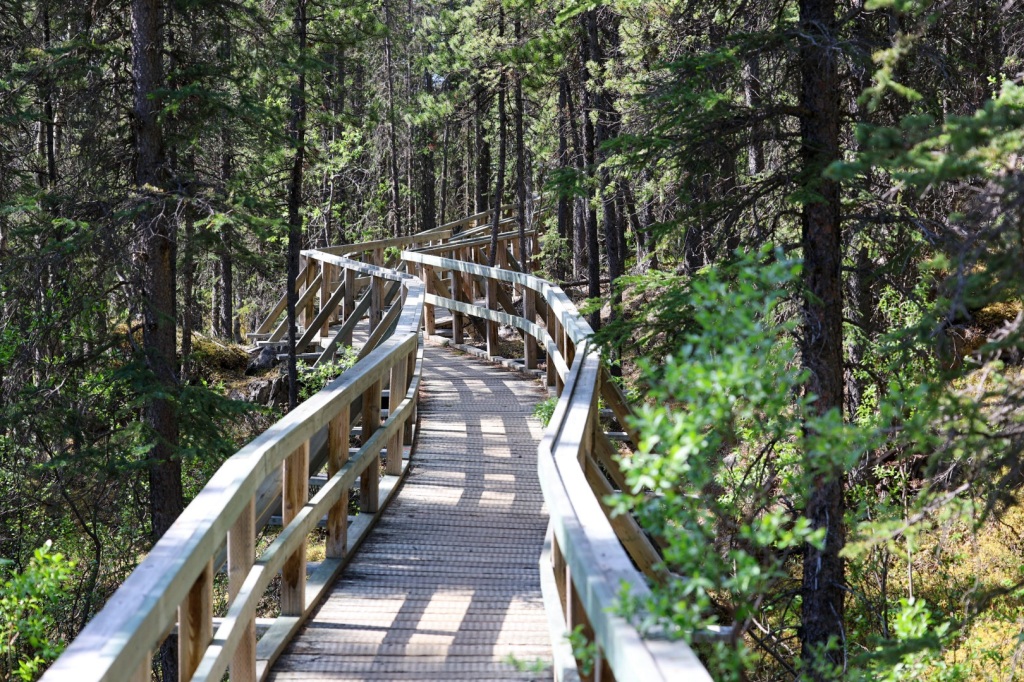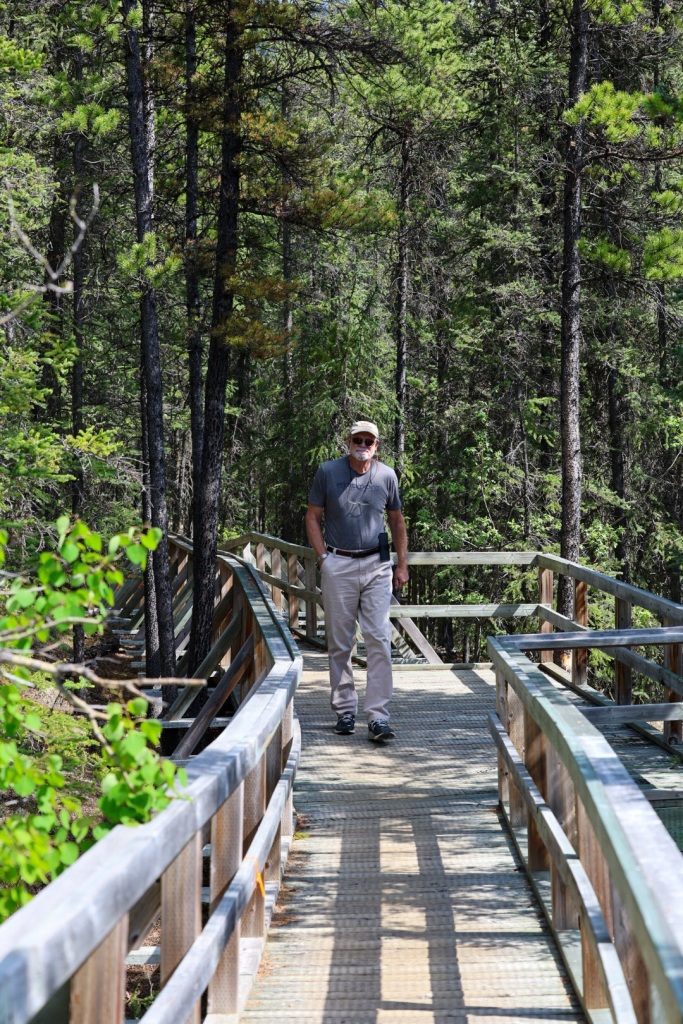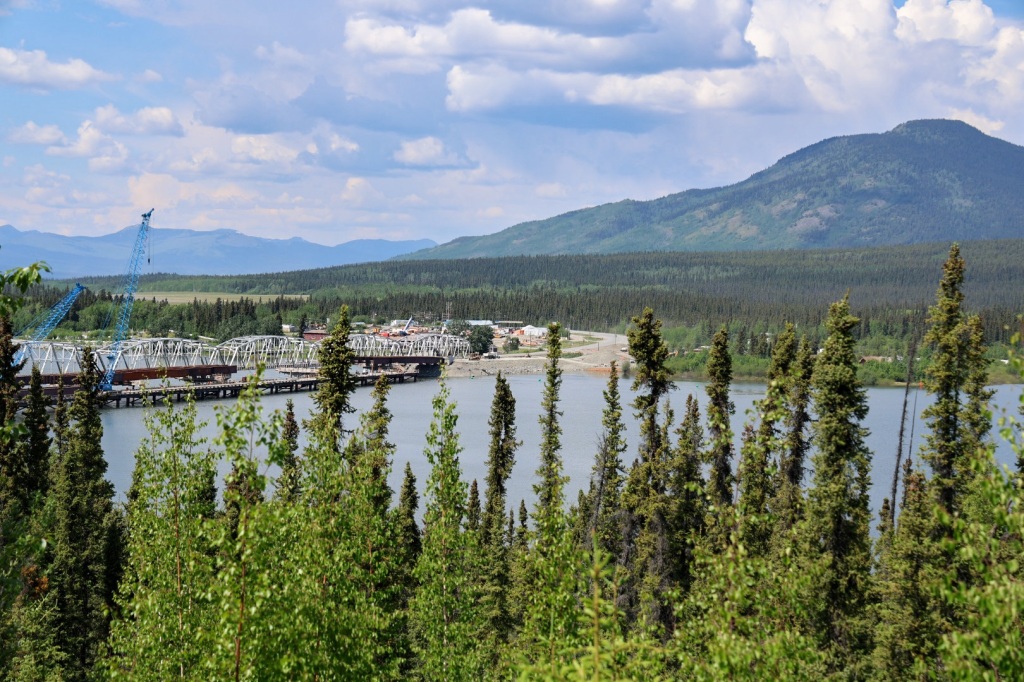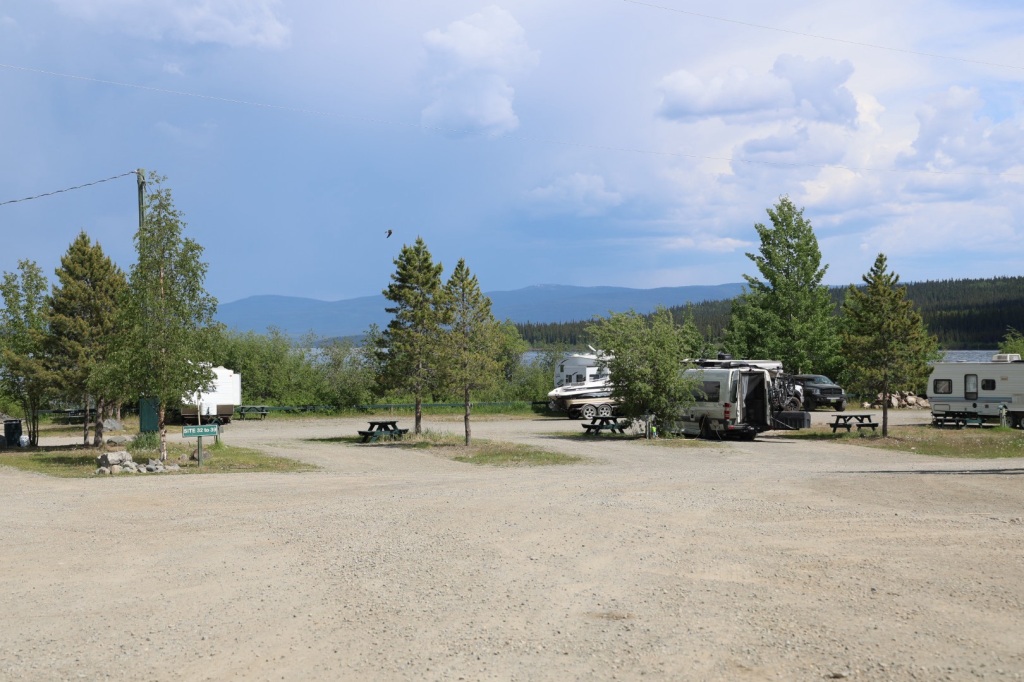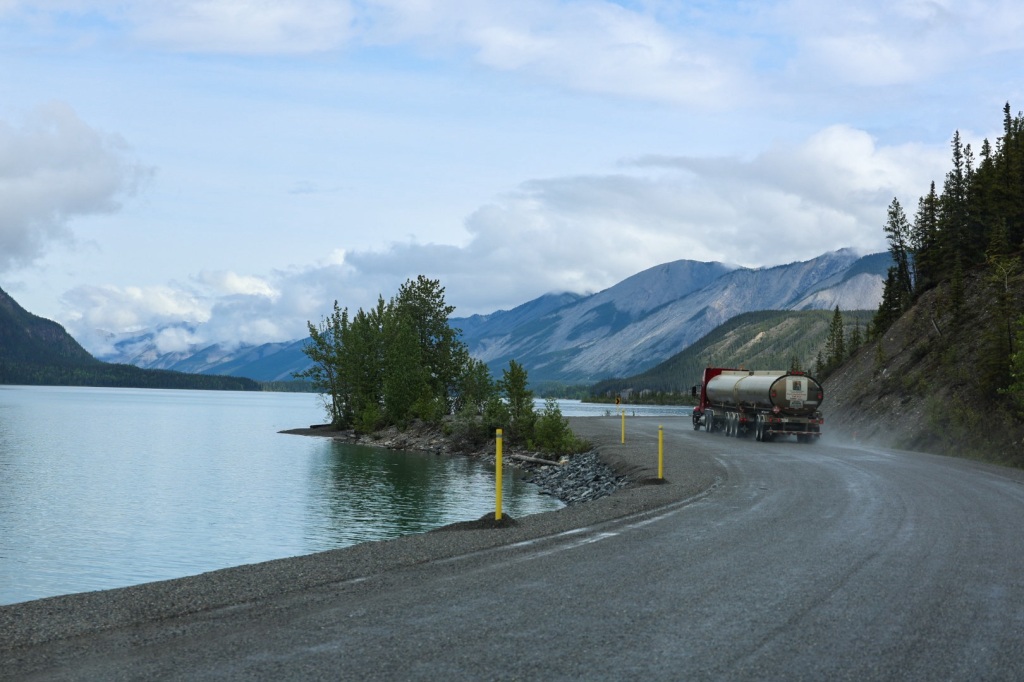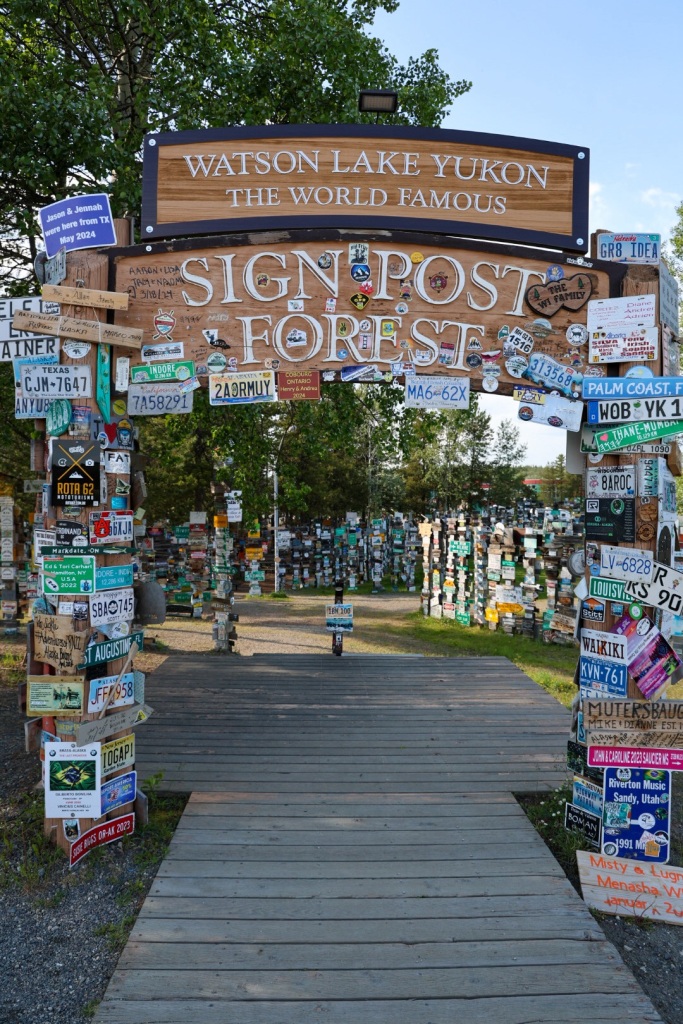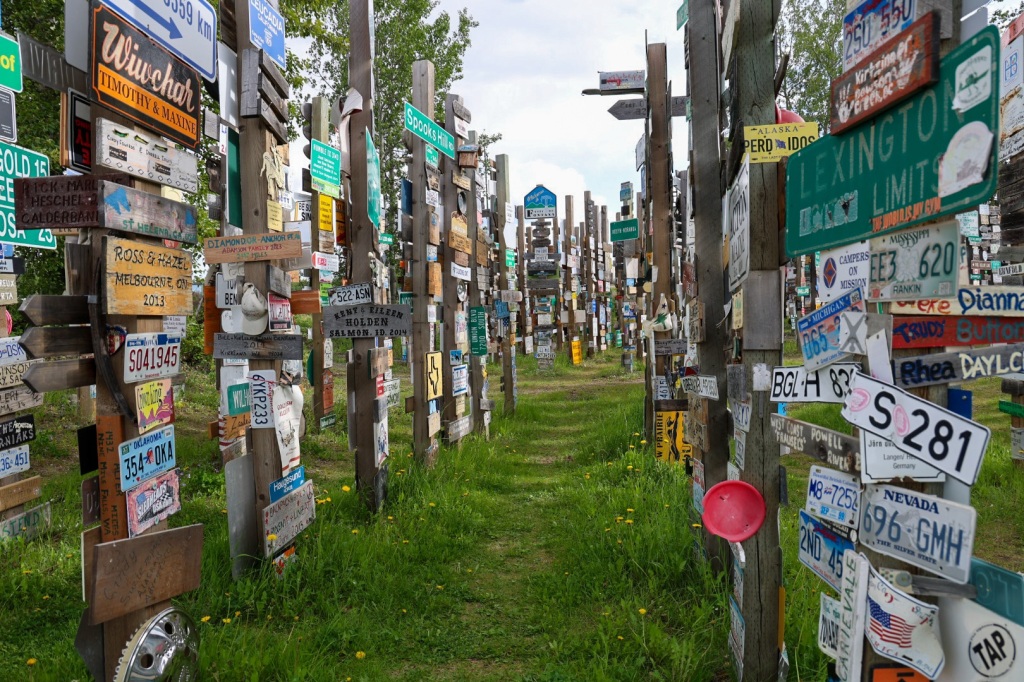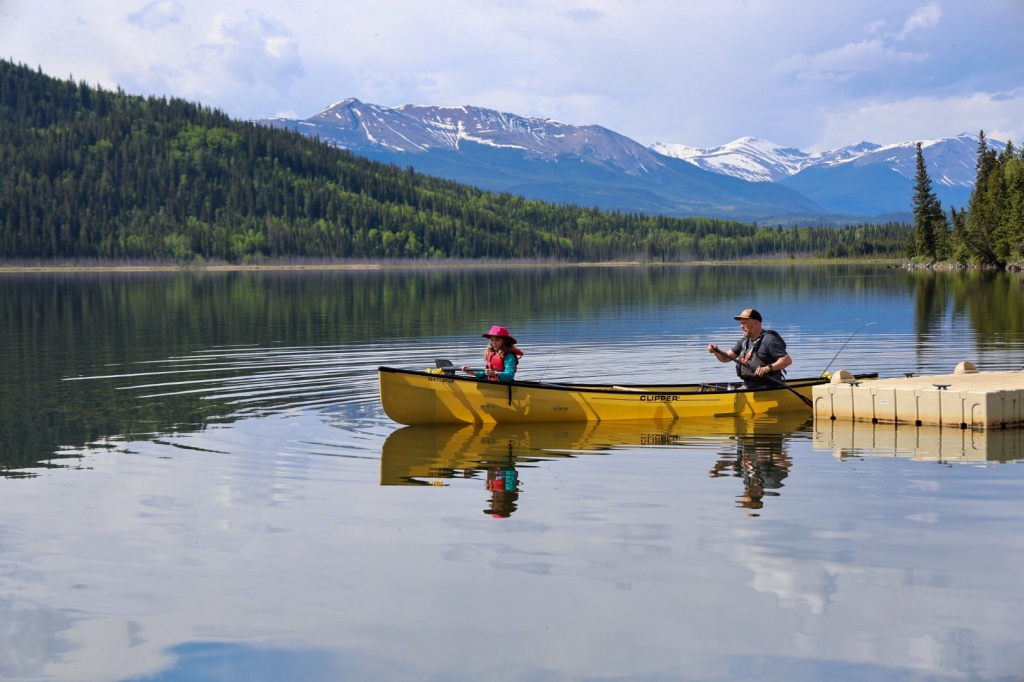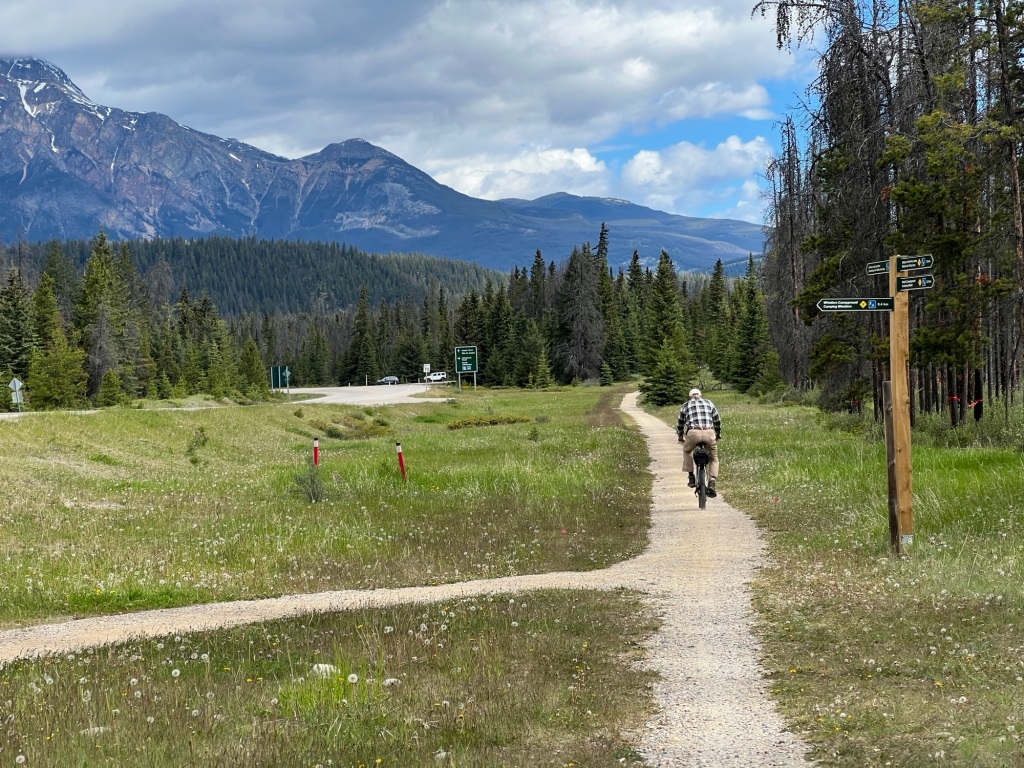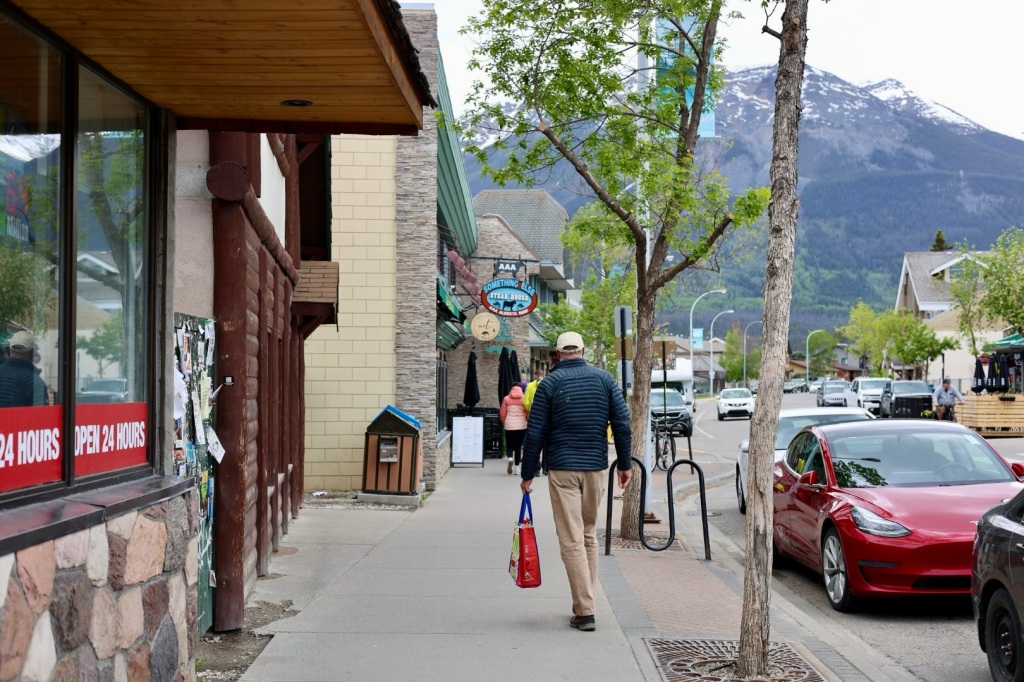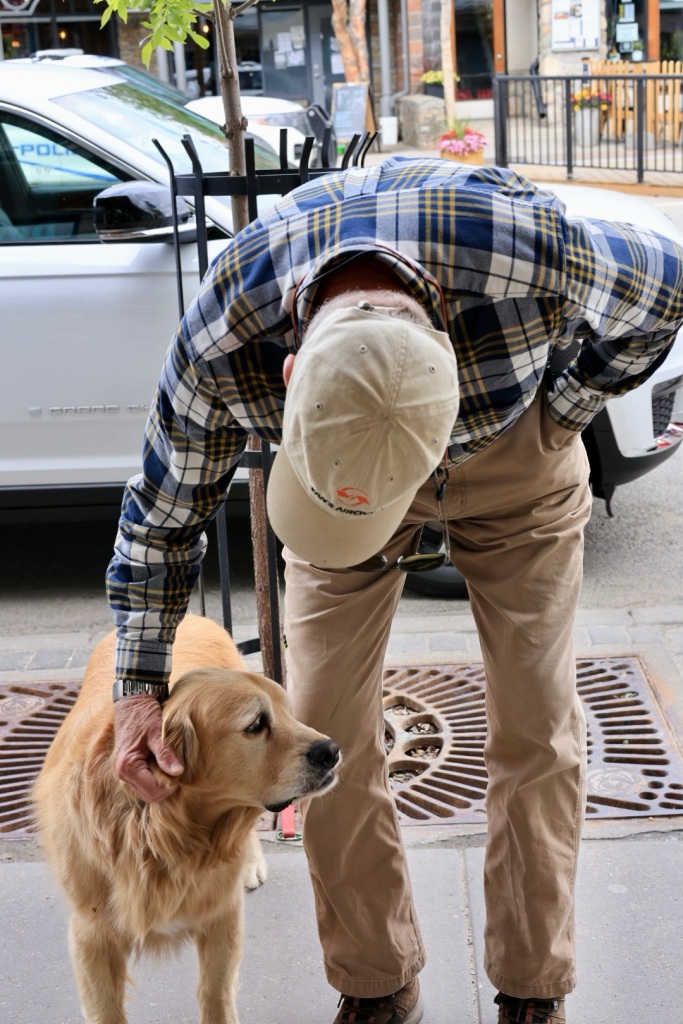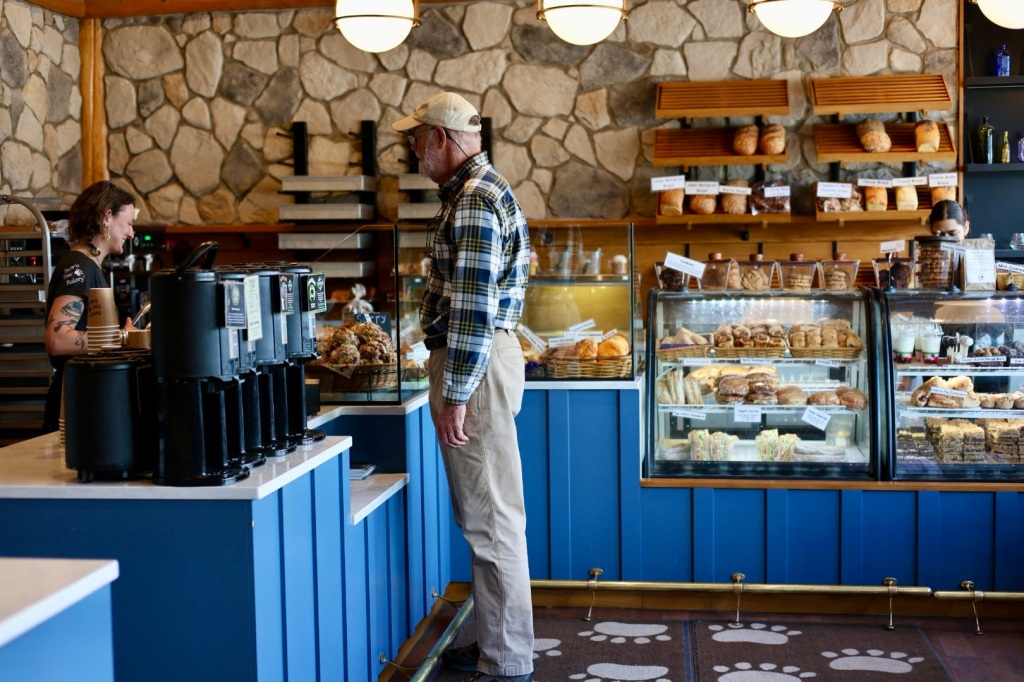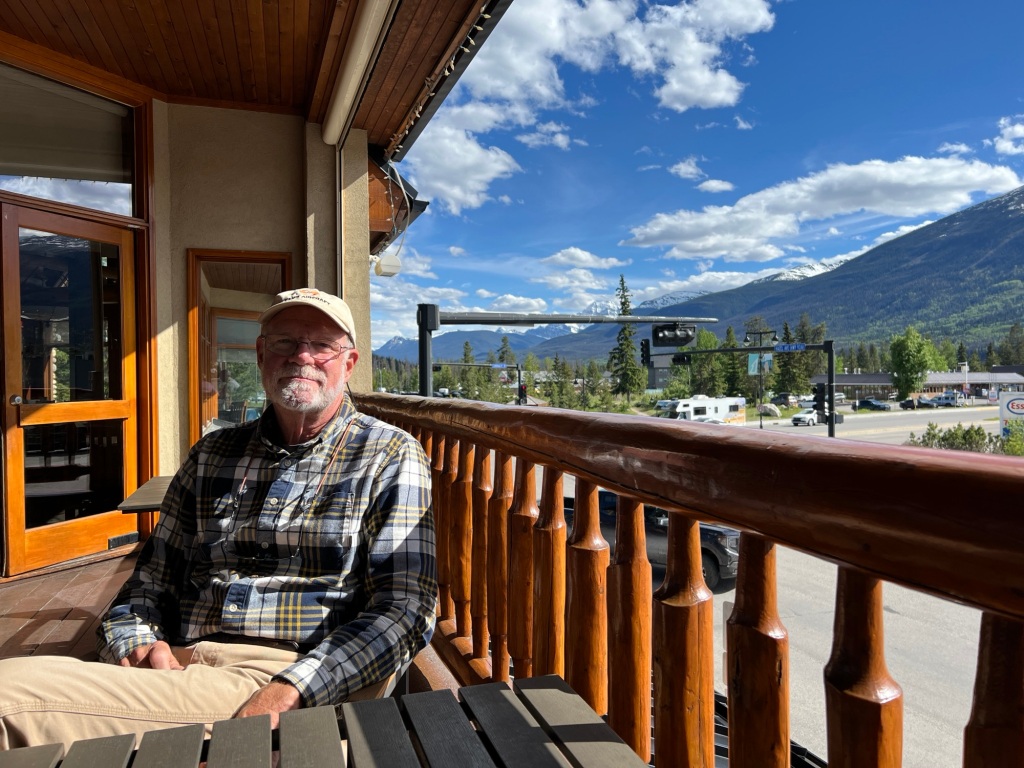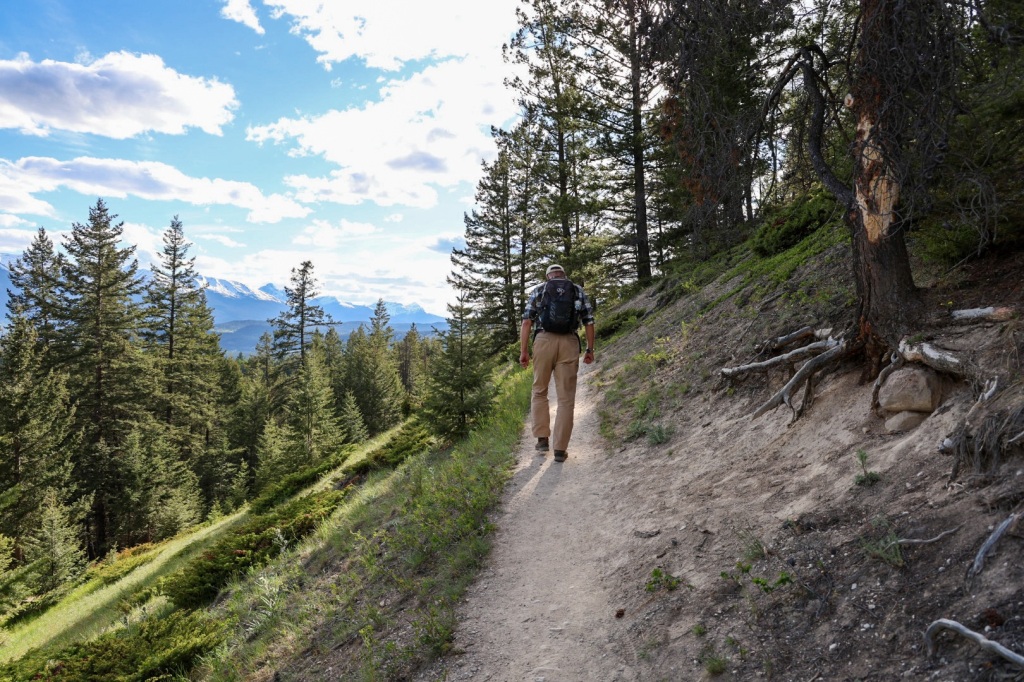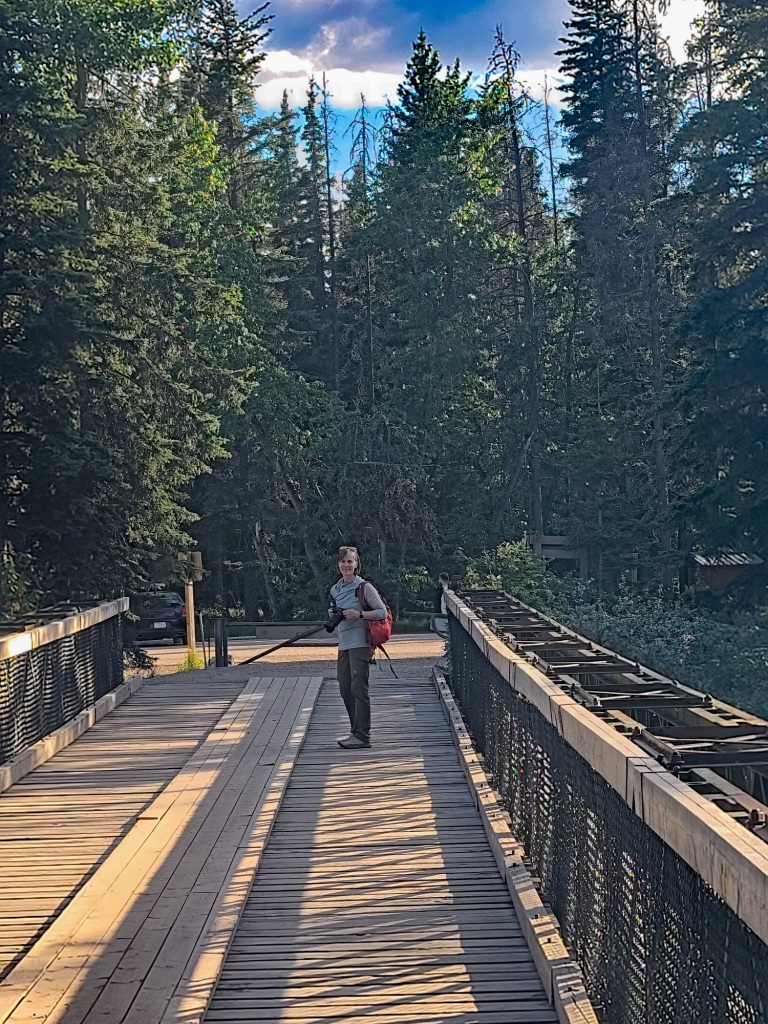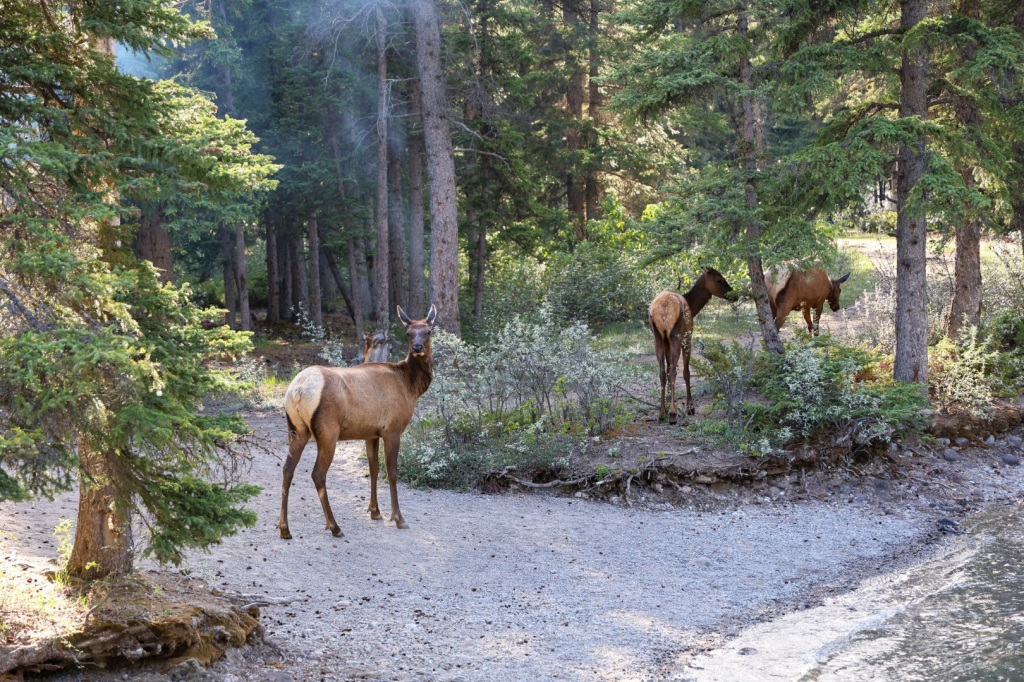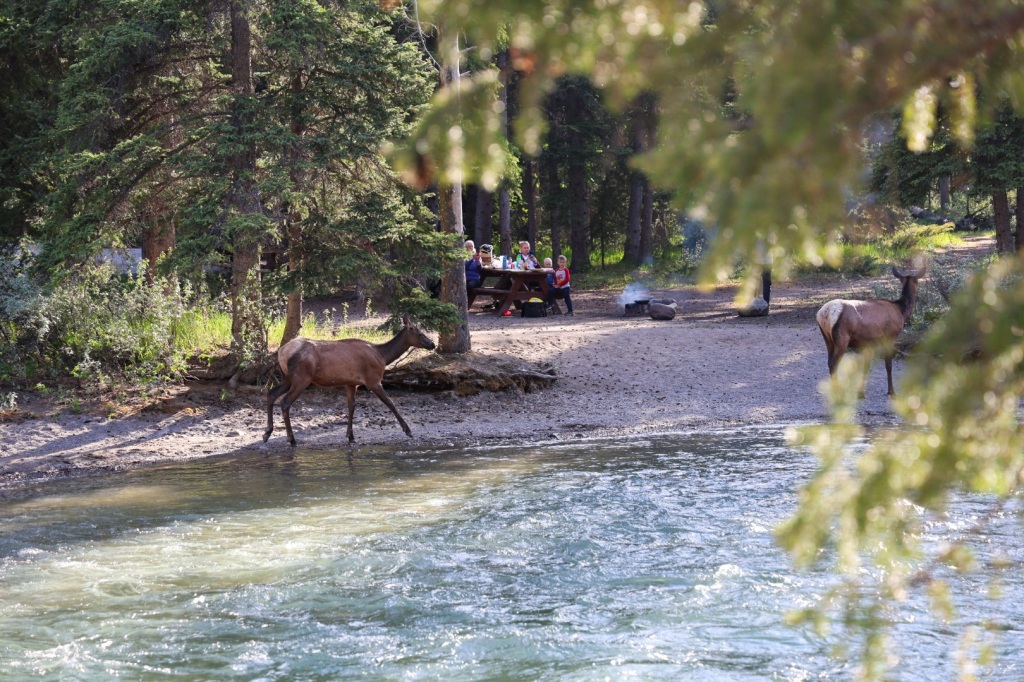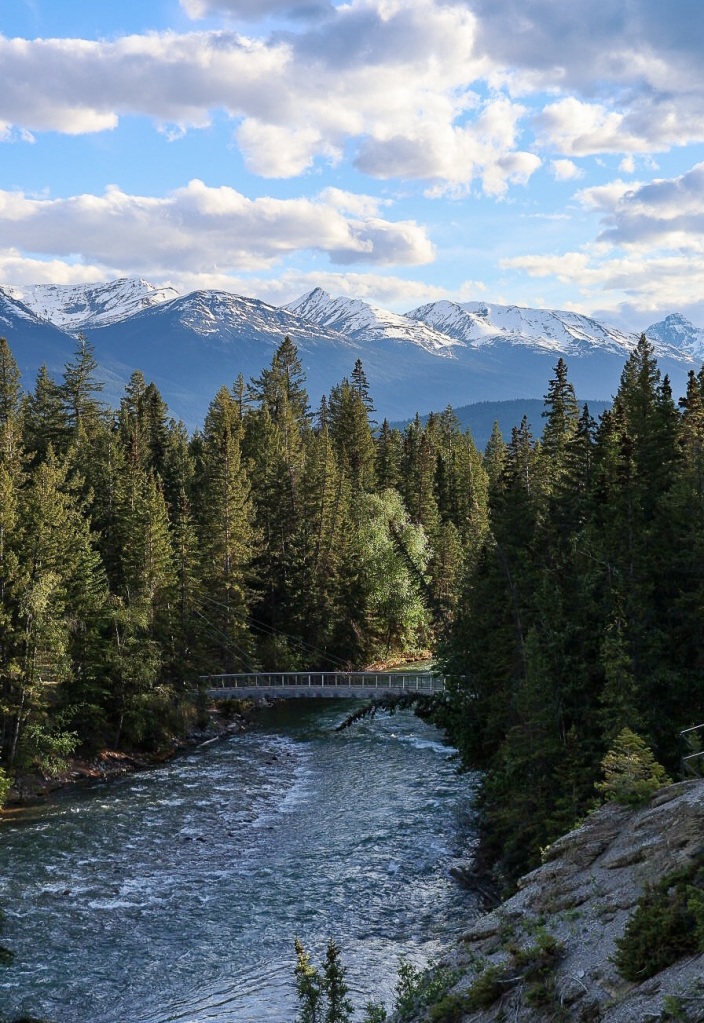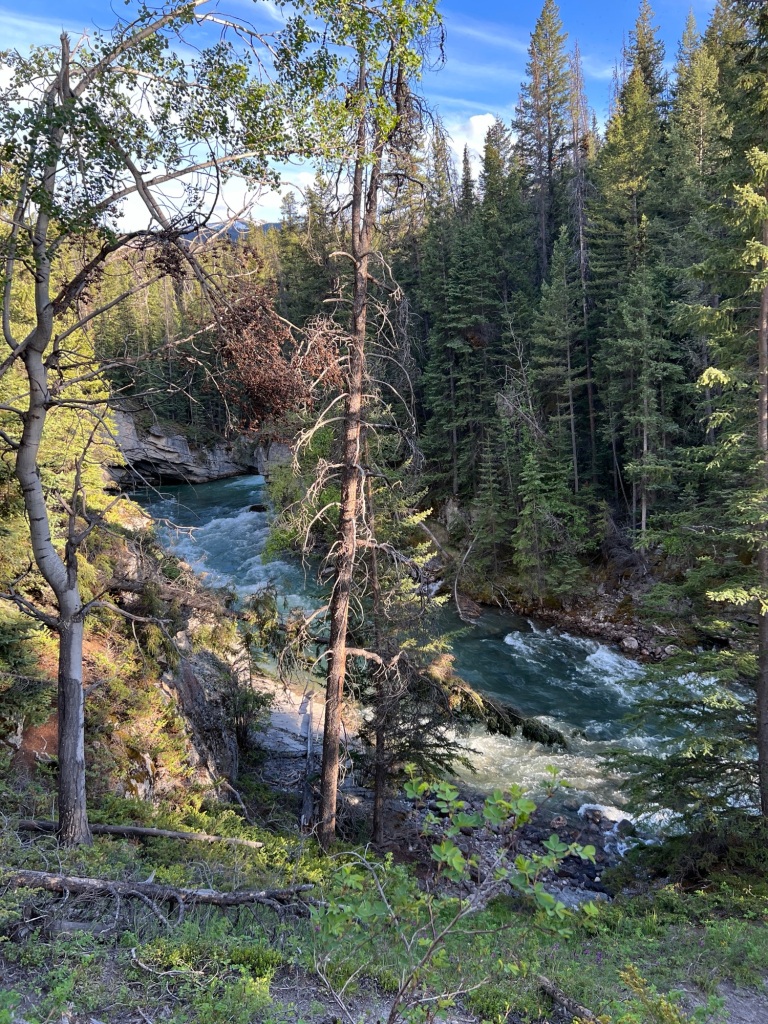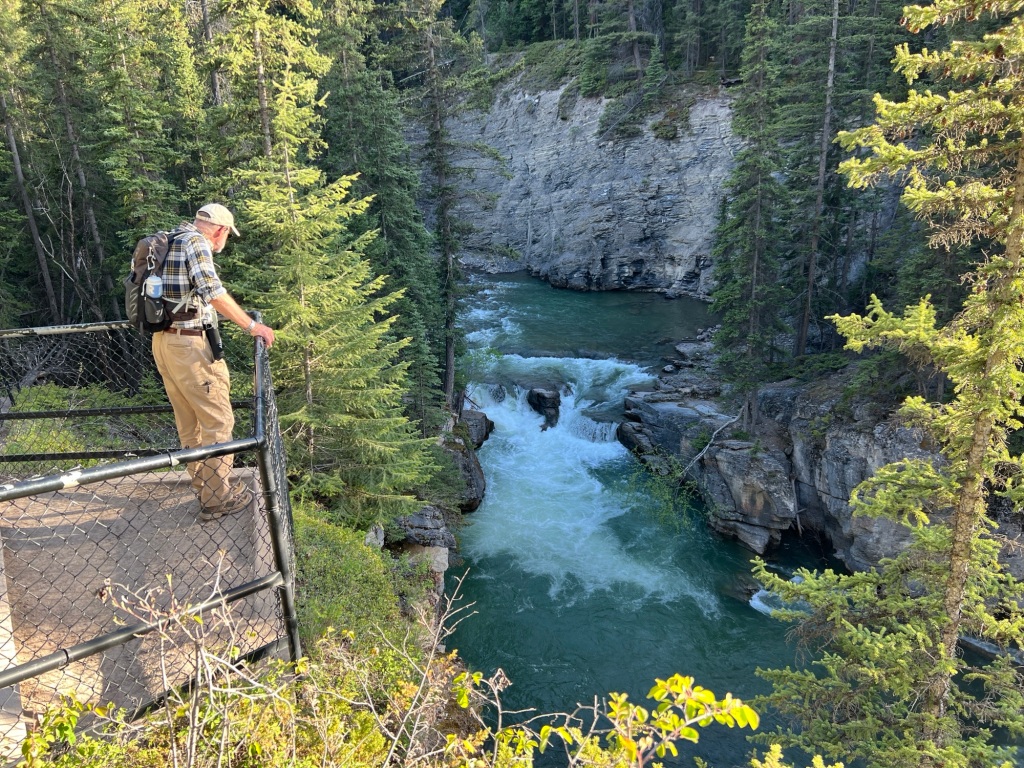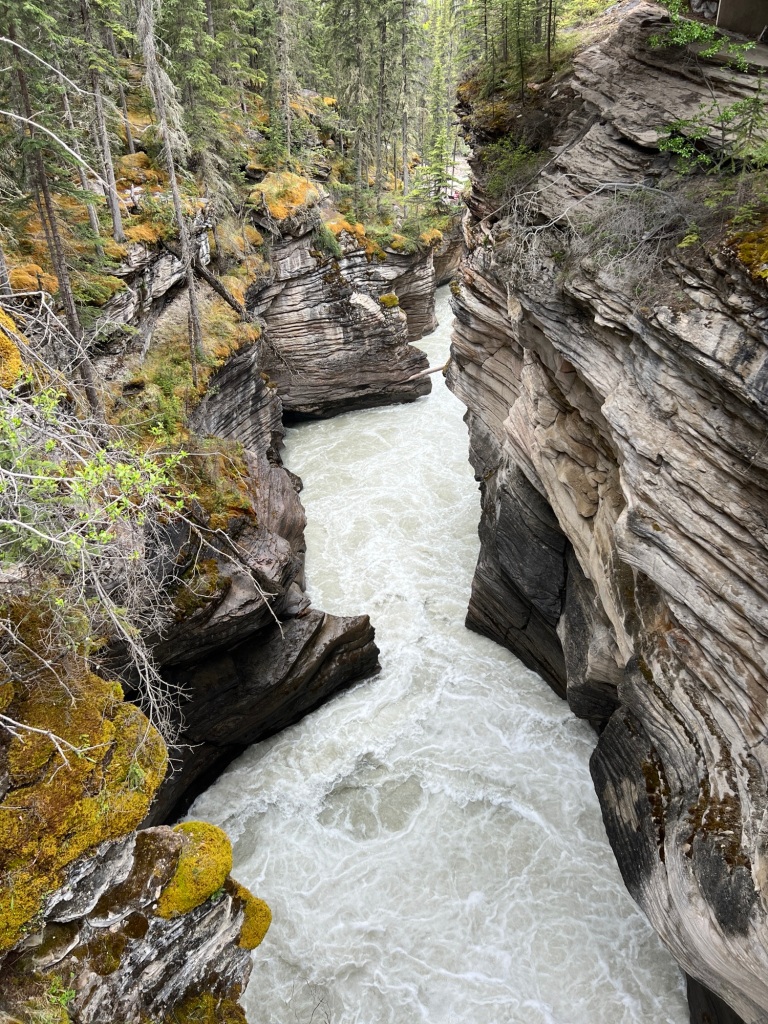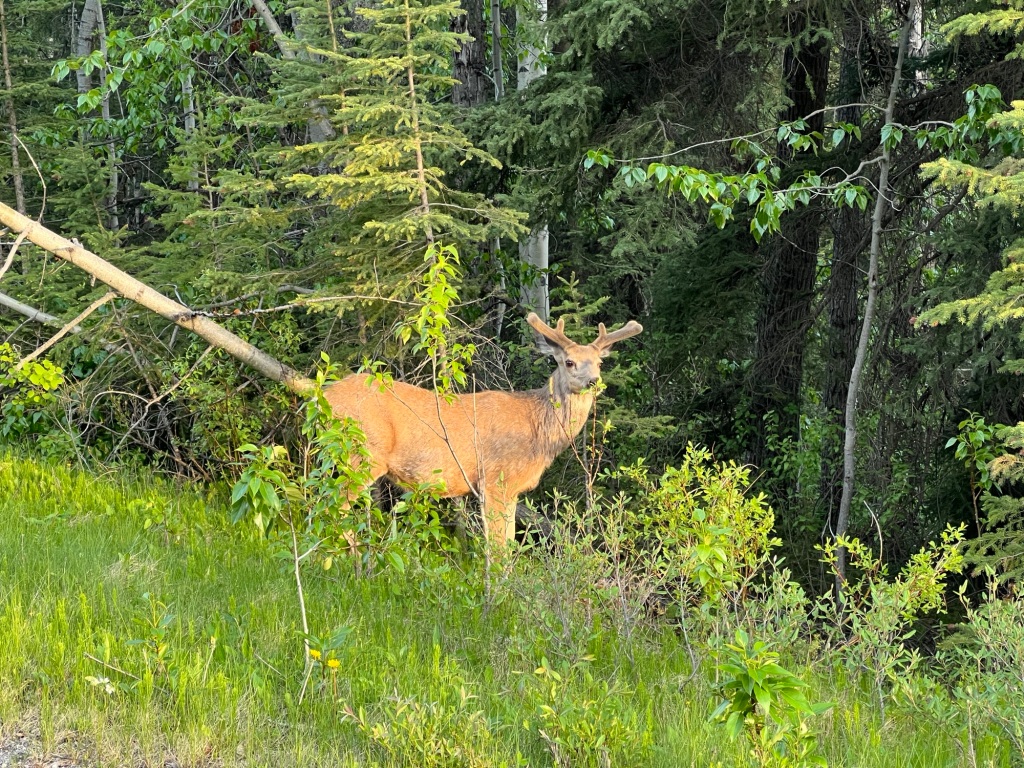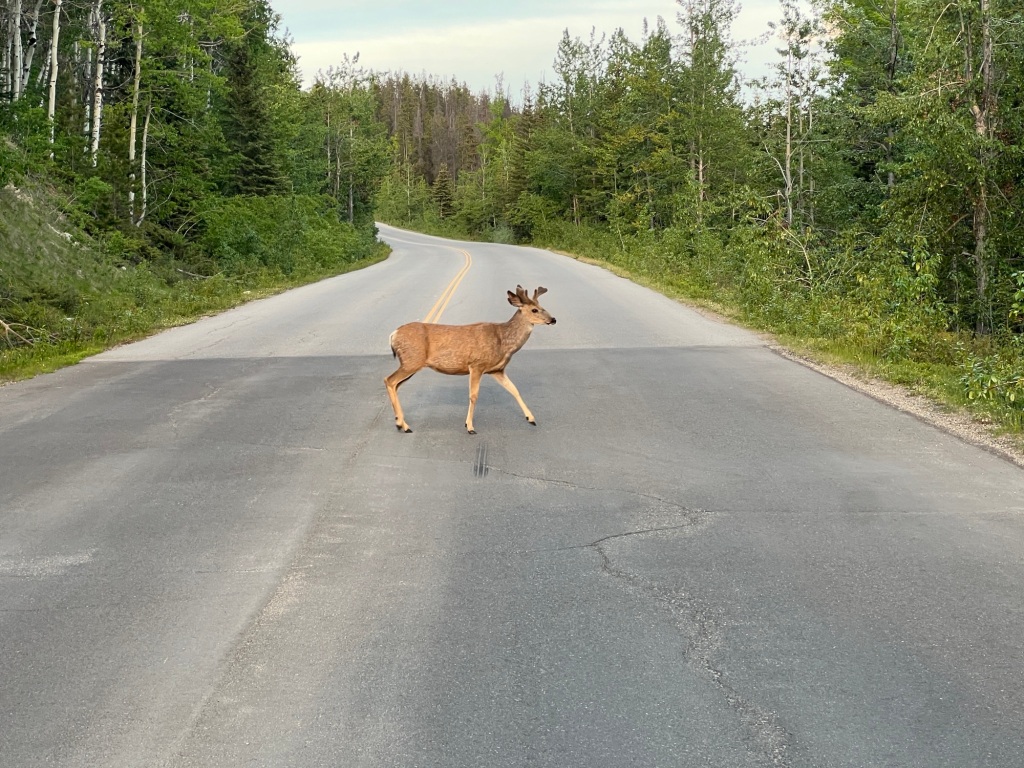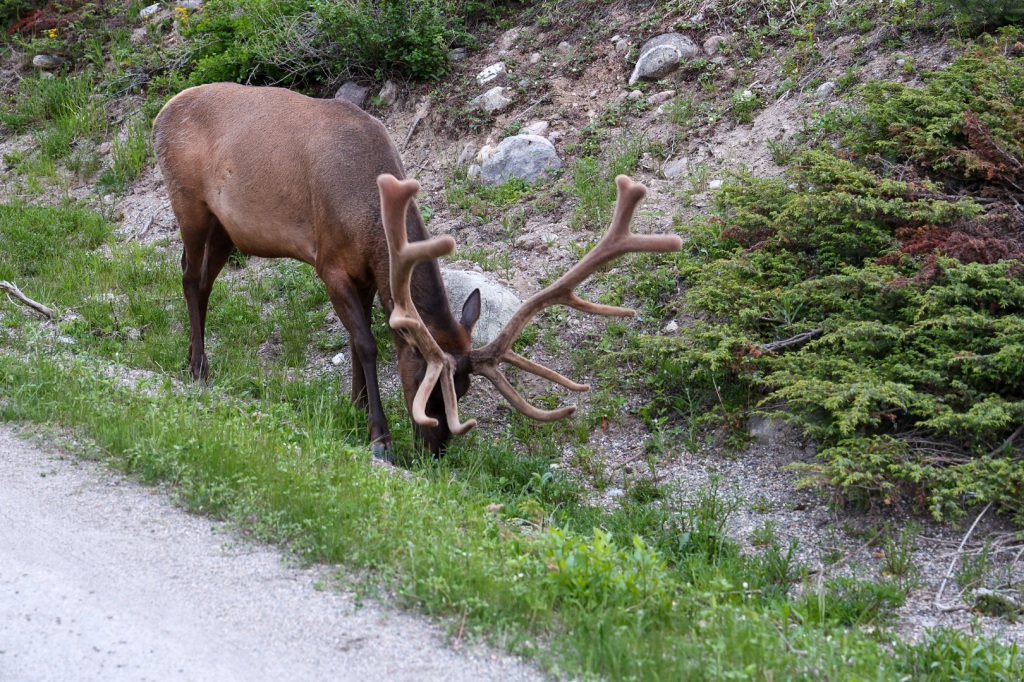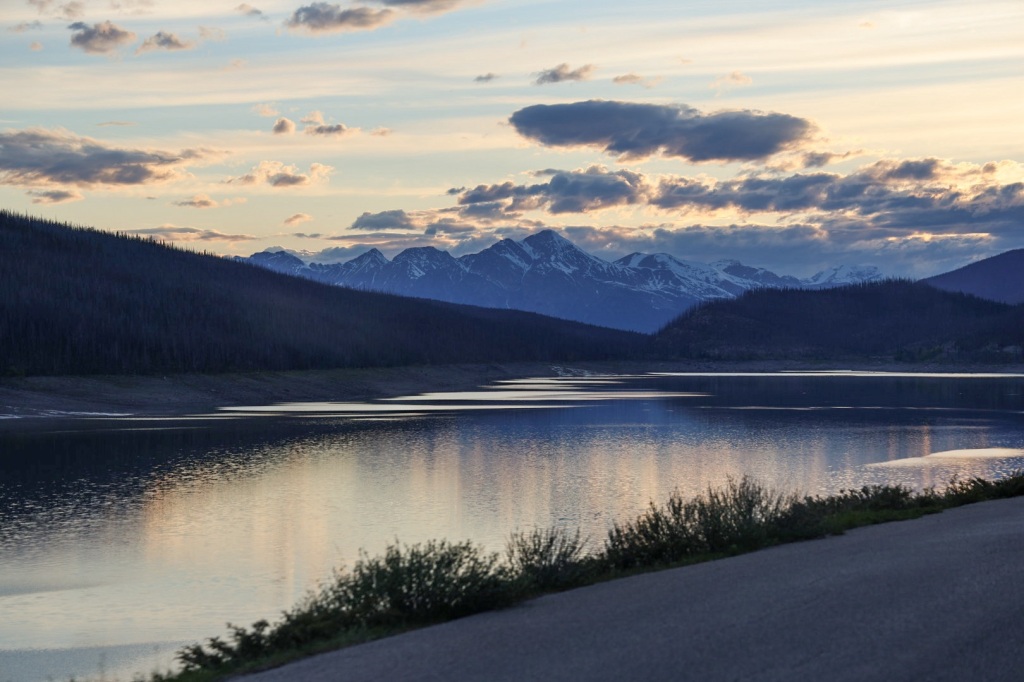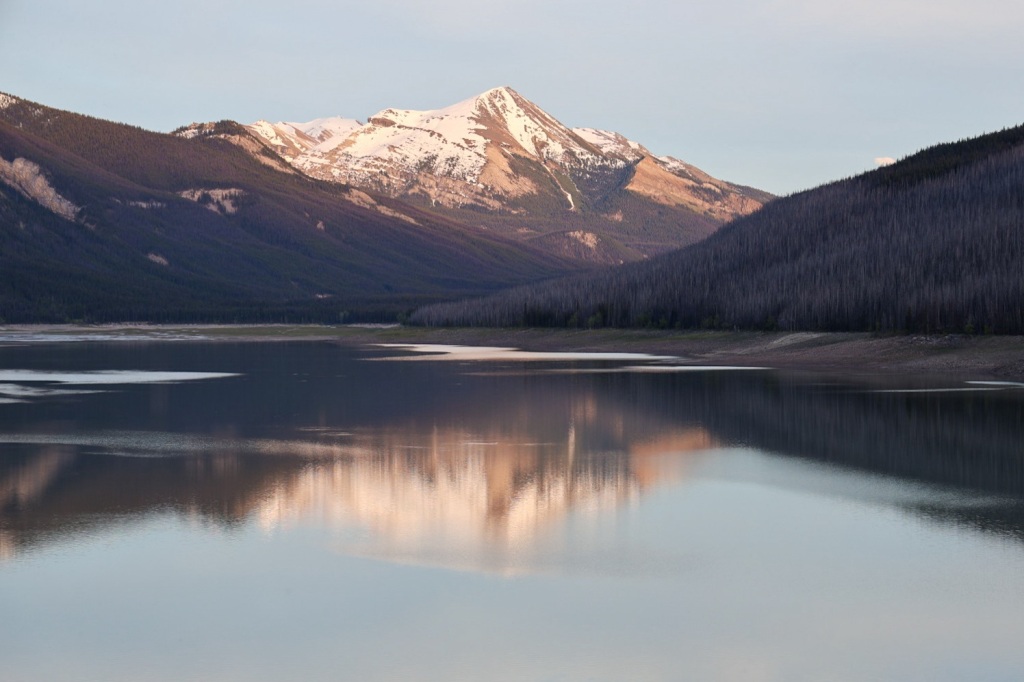When we planned our itinerary, we figured we’d be ready to spend a couple nights in a hotel after a little more than two weeks camping so we made reservations for two nights at the Gold Rush Best Western in Whitehorse, YK.
It turns out we were right. It is the perfect time, but not just for the reasons we originally thought.
We stopped by the Teslin Tlingit Heritage Center on our way out of town this morning to learn more about the Teslin Tlingit people.
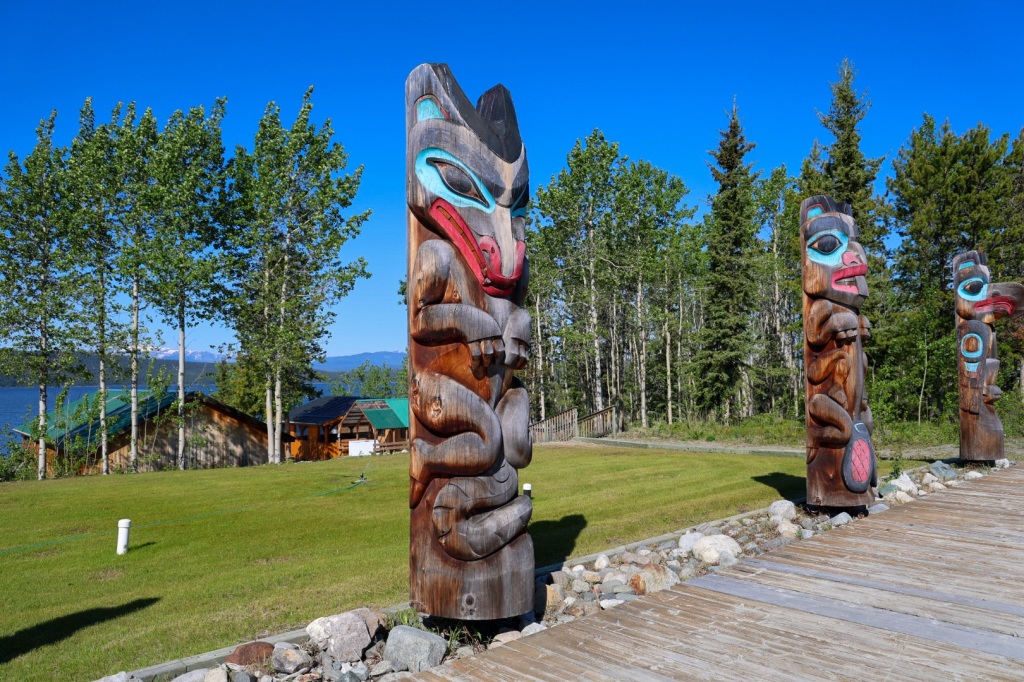
Teslin Tlingit are inland Tinglit who traveled from the southeast coast of Alaska to the interior plains of the Yukon more than 200 years ago. Until the construction of the Alaska Highway, they lived a nomadic subsistence lifestyle hunting, fishing and gathering. Hunting and gathering are still an important part of their culture.
When we arrived, a meeting of the Teslin Tlingit Council was in progress at the center. As a result, some of the exhibits and demonstrations were not available. It was actually kind of cool to be able to hear and observe the meeting as they discussed concerns and policies. Teslin Tlingit Council is a First Nations self-governing entity.
The carved wooden masks and decorative muckluks and vests sewn from animal skins and elaborate beads were amazing.
Riley is still feeling pretty fatigued so I insisted on driving the rest of the way. The weather is the warmest so far, low 80’s, so the drive was pleasant. The warmer the weather, the more bug splats though.
Marsh Lake is a picturesque spot to take a break. Like all of the lakes we’ve seen, the water is clear and blue.


I’m not sure what attracted all the butterflies to this particular spot but they didn’t seem to mind me being close.

The scenic route leading into Whitehorse runs along the Yukon River. It is amazing how unnaturally green the water looks. So odd. It was really moving fast but it’s hard to see that in the picture.

There are several charter float planes parked on the lake just outside of town. I can understand why planes are a popular transportation choice in this part of the world. It’s the only way to get to much of the territory. We’ve seem many remote airstrips along the Alaska Highway.

Whitehorse is very different from the tiny villages we’ve been for the last several days. It’s the capital of the Yukon Territory and practically like New York City by comparison to the places we’ve been the last week or so.
The Best Western is on Main St right in the middle of everything so it will be easy to get around. There are lots of interesting stores and restaurants to check out.



We checked in to the hotel and did some laundry. Just that small chore wore Riley out. I called my friend who’s a physician for advice. She wisely counseled Riley on the importance of staying hydrated and getting checked out by a medical professional to make sure everything is okay before we leave Whitehorse and return to the literal wilderness.
Hearing it from someone besides me helped a lot. I called the Yukon Walk-In Clinic and was told they don’t accept patients from out of the country because there’s no way to charge for their services. They suggested going to the Emergency Room at Whitehorse General Hospital.
We stopped in a pharmacy just down the street from the hotel to get some electrolyte tablets and got a bite to eat for dinner before going to the hospital.
When we arrived, I was hopeful when I saw relatively few people there. It was a different picture in the ER of course. The triage nurse said they had four major trauma patients and with a short staff it would be several hours before he could be seen. She suggested we come back in the morning.
As we walked out, Riley said he was feeling better already. Hmmmm. He does look and sound a little better, probably because he finally ate some real food and is drinking more. I’m glad that’s true but I’m still going to insist we go back in the morning.
Anybody who knows Riley will know it’s serious when I tell you he walked right to the elevator without even looking for the stairs!

